Optimal Timing for Thermoplastic Roof Installations
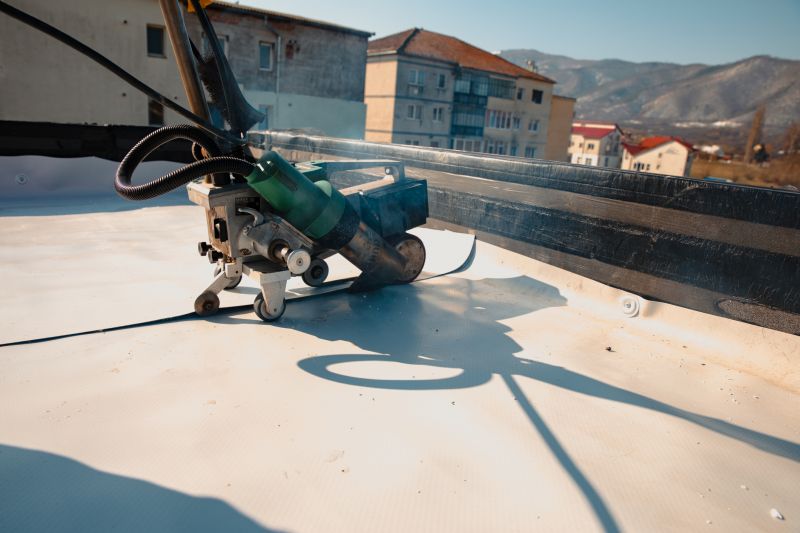
Spring offers moderate temperatures ideal for thermoplastic roofing, ensuring proper adhesion and curing.
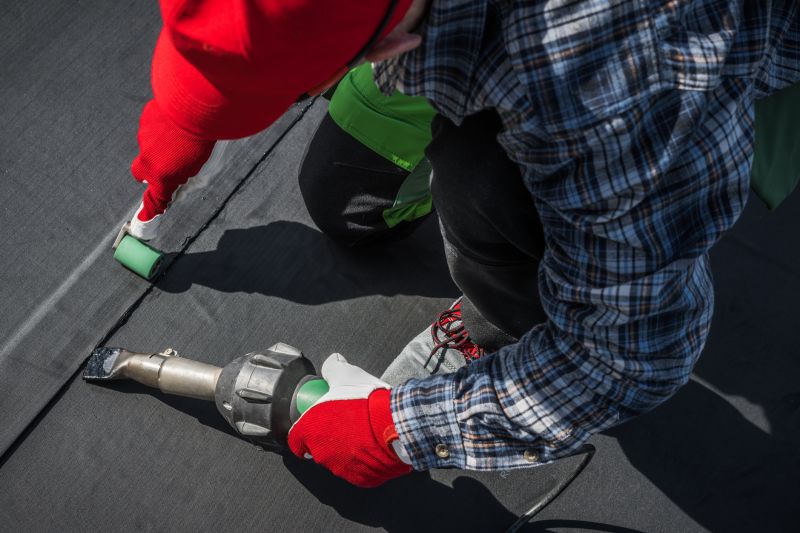
Summer provides warm weather, but high temperatures may require adjustments in installation procedures.

Fall's mild temperatures and lower humidity levels can contribute to effective installation and long-term performance.
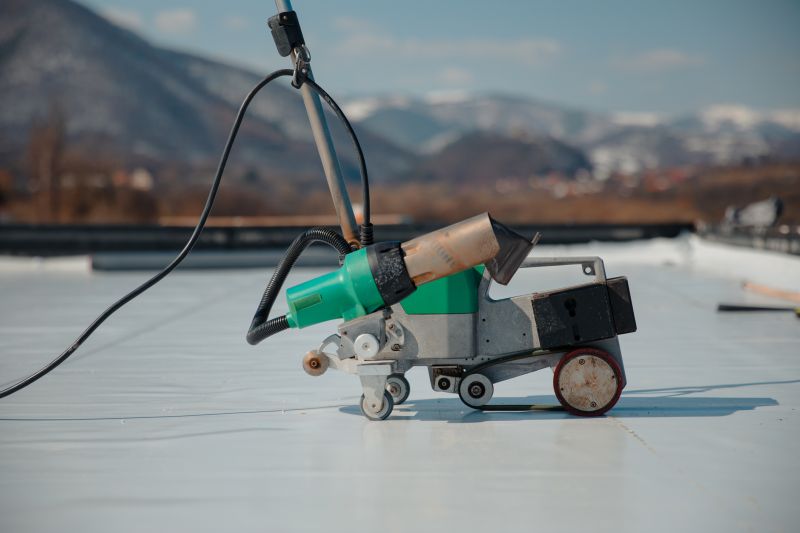
Ways to make Thermoplastic Roof Installations work in tight or awkward layouts.
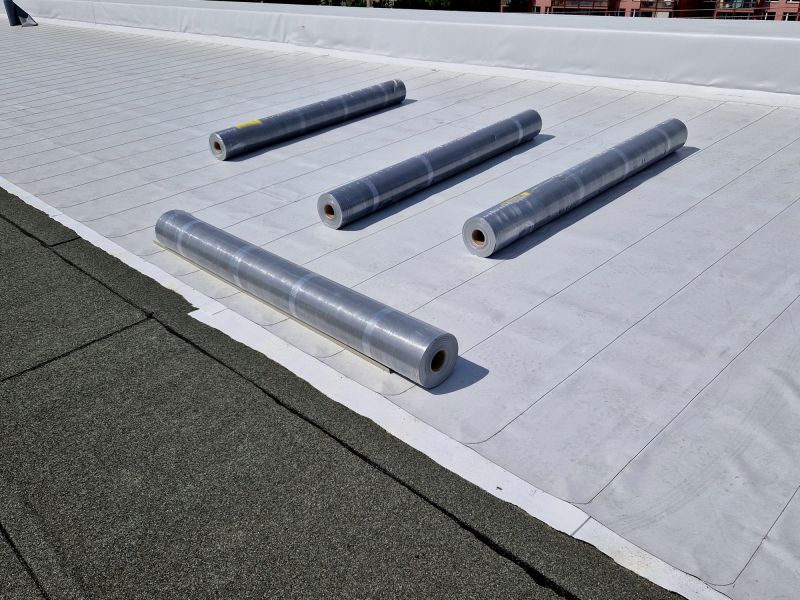
Popular materials for Thermoplastic Roof Installations and why they hold up over time.
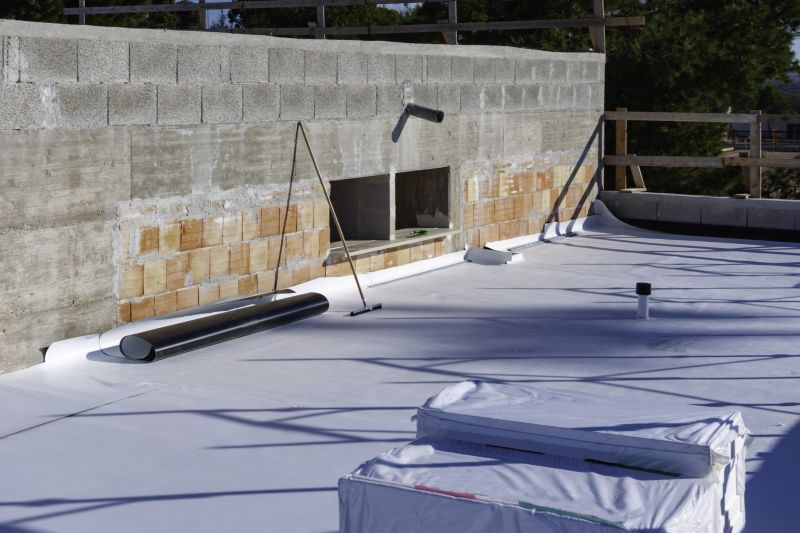
Simple add-ons that improve Thermoplastic Roof Installations without blowing the budget.
Thermoplastic roof installations are most effective when performed during periods of stable, moderate weather conditions. Temperature fluctuations can impact the curing process and adhesion quality of the roofing material. Proper installation during optimal weather conditions ensures durability, reduces the risk of future repairs, and extends the lifespan of the roof. Understanding seasonal variations helps in planning installations to achieve the best results.
Statistics indicate that thermoplastic roof membranes have a lifespan of up to 20 years with proper installation and maintenance. The material's flexibility and resistance to UV rays make it suitable for various climates, but installation timing remains critical. Installing during favorable weather minimizes issues such as bubbling, cracking, or improper adhesion, which can compromise roof integrity over time.
Consistent temperatures and low humidity are ideal for thermoplastic roof installation.
Spring and fall typically provide optimal conditions for installation activities.
Extreme heat or cold can hinder proper adhesion and curing of thermoplastic membranes.
Monitoring weather forecasts helps in selecting the best installation window.
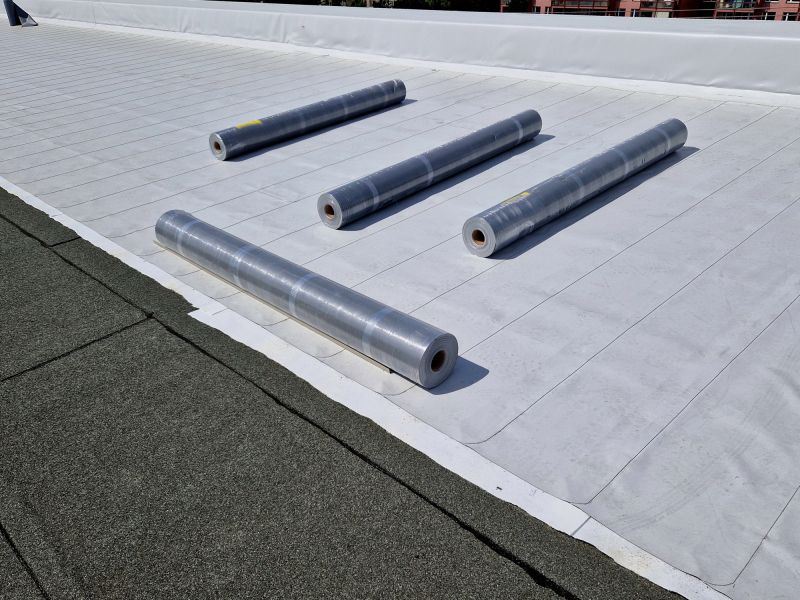
Optimal for moderate temperatures and low humidity.
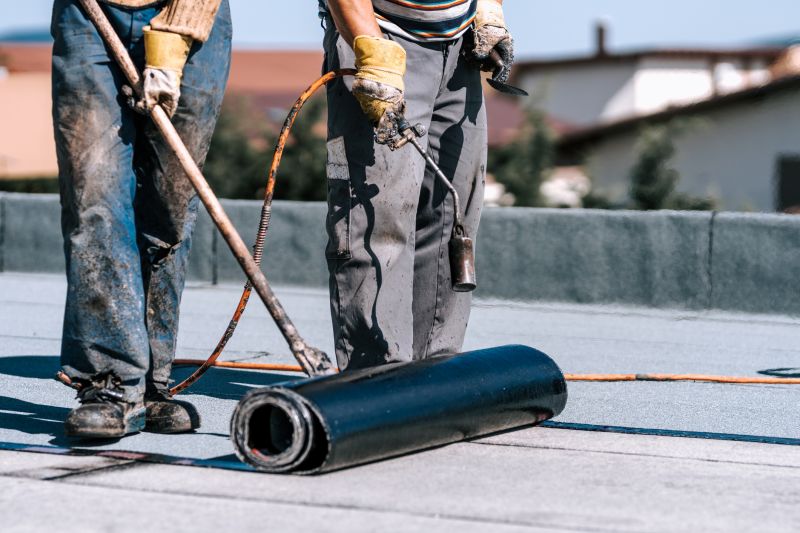
Requires precautions against high heat and UV exposure.
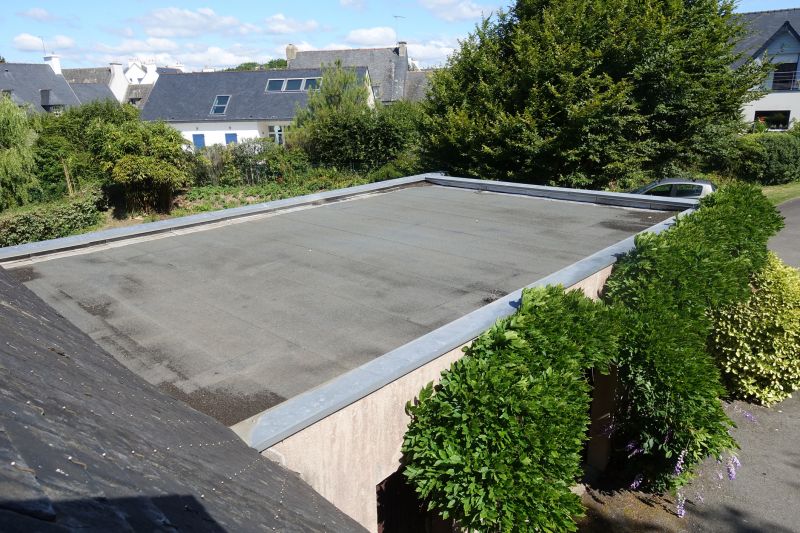
Ideal due to cooler temperatures and stable weather.
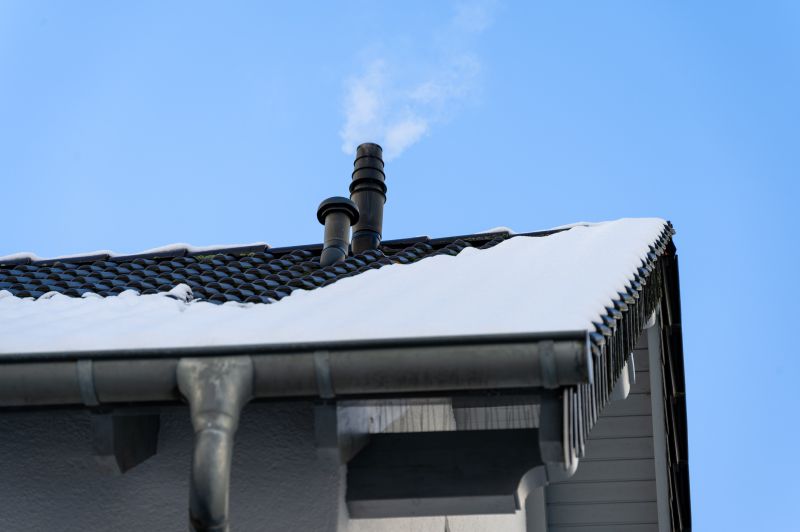
Generally avoided due to cold temperatures and potential ice formation.
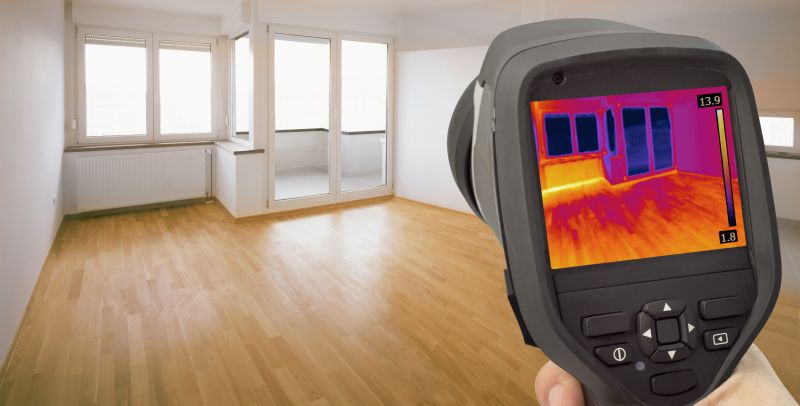
Essential for ensuring proper installation conditions.

Preparation for unexpected weather changes is crucial.

Scheduling during favorable seasons enhances success.

Thermoplastic membranes perform best when installed under suitable weather.
| Season | Optimal Conditions |
|---|---|
| Spring | Moderate temperatures, low humidity, stable weather |
| Summer | Warm temperatures, avoid extreme heat and high UV |
| Fall | Cooler temperatures, low humidity, stable weather |
| Winter | Cold temperatures, high risk of ice and snow, generally not recommended |
| Shoulder Seasons | Spring and fall are preferred for installation |
Choosing the right season for thermoplastic roof installation is essential for achieving optimal performance and longevity. Proper planning based on seasonal weather patterns can reduce installation issues and improve the lifespan of the roofing system. It is recommended to consult with roofing professionals to determine the most suitable timing based on local climate conditions.
Interested in thermoplastic roof installations? Filling out the contact form can provide tailored advice and scheduling options to ensure the best results for specific project needs.
